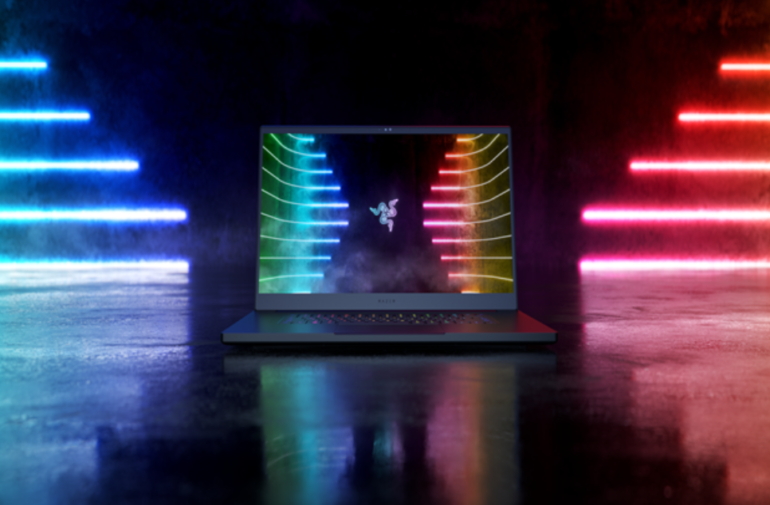Singapore-headquartered Razer has ended the first half of the year with a return to profit after reporting a $17.7 million loss last year.
For the six months ended 30 June 2021, the company posted $31.3 million in net profit, attributing the $49 million turnaround to its “strong brand position and intensely loyal user base”.
“Razer had a phenomenal first half of the year,” Razer co-founder and CEO Min-Liang Tan said. “In addition to the ongoing growth in the broader industry that benefitted our core business segments, Razer’s stellar results were driven by our strong brand position and intensely loyal user base, our proven capabilities in rolling out innovative, category-defining products and services, and effective operational execution.”
Revenue for the period was $752 million, up 68%, comprised mostly of hardware, which grew 77% year-on-year to over $677 million. Adjusted EBITDA spiked from $3.1 million to tip $59.5 million.
Total user accounts increased 50% year-on-year to approximately 150 million, with monthly active users surging by over 51.4%. The company attributed this increase to strong growth across all software offerings, boosted by increases in gaming, esports, and live-streaming activities.
Services business, comprising of Razer Gold and Razer Fintech, grew 13.8% year-on-year to $72.8 million during the half. Gross margin was almost 50% and contributed 15% of the group’s gross profit in the reported period.
Razor Gold recorded a 13.8% year-on-year increase in total payment volume, driven primarily by the increase in the number of transactions conducted through the Razer Gold platform. As of 30 June 2021, Razer Gold recorded approximately 30 million registered users, across 130 countries, an increase of over 25% when compared to the year prior.
Total payment volume for Razer Fintech, meanwhile, recorded 79.5% year-on-year growth to $3.2 billion, driven mainly by e-commerce marketplace purchases, food deliveries, and e-wallet top-ups. It now boasts over 60,000 merchants, coming from the retail, food and beverage industries, and professional/commercial services.
Razer failed in its bid to secure a licence through Razer Fintech in Singapore, but said in December its plans to expand the business into digital banking remained “unchanged”.
The company had led a group for its bid for a digital full bank licence and that comprised several partners, including automotive online marketplace Carro and Sheng Siong Holdings, a firm privately owned by local Singaporean entrepreneurs behind local supermarket chain, Sheng Siong Group. The consortium had hoped to target the youth consumer segment.
Under hardware, Razer said its peripherals business has maintained its position for gaming peripherals across the US, Europe, and Asia-Pacific, noting its systems business has also maintained its position in the premium gaming laptop segment in the US while growing market share in new markets.
Razer said new gaming growth categories have also continued to gain market share, such as broadcast and gaming chairs.
During the period, Razer also formalised its commitment to the environment, with a 10-year roadmap as part of its initiative. By the end of the year, Razer will no longer use single-use plastics and adopt “greener” packaging, it said. By the end of 2025, the company hopes to be powered 100% by renewable energy and have all of its products recyclable.
Come 2030, the plan is for Razer to be 100% carbon neutral and have its products made of 100% recycled and recyclable materials.
Looking forward, Razer said it plans to invest in hardware, allocating further funds to research and development; develop new services in its software space; expand Razer Gold into new regions; and increase its Razer Fintech offering “aggressively”.
“Looking ahead, the robust momentum in our business, strong fundamentals, and the exciting opportunities we see in the market, give us the confidence that it is the right timing to further scale our business,” Tan said.
“We intend to reinvest part of our full-year profits into high potential areas such as Razer Gold and Razer Fintech, as well as step up investments in new growth opportunities in the Razer ecosystem. We believe these strategic investments will allow us to build a greater platform for Razer to achieve long-term growth ambitions and deliver outstanding value to shareholders.”
It was reported over the weekend that a vulnerability was allowing access to Windows admin privileges simply by plugging in a Razer mouse or keyboard.
Sounds familiar: Why is my keyboard connected to the cloud?
As Bleeping Computer explained, when plugging in a Razer device into Windows 10 or Windows 11, the operating system will automatically download and begin installing the Razer Synapse software.
Razer Synapse is software that allows users to configure their hardware devices, set up macros, or map buttons. The company touts use by over 100 million users.
Security researcher jonhat discovered the vulnerability in the plug-and-play Razer Synapse installation that allows users to gain system privileges.
“Need local admin and have physical access?
– Plug a Razer mouse (or the dongle)
– Windows Update will download and execute RazerInstaller as SYSTEM
– Abuse elevated Explorer to open Powershell with Shift+Right click
Tried contacting @Razer, but no answers. So here’s a freebie,” he wrote.
“I would like to update that I have been reached out by @Razer and ensured that their security team is working on a fix ASAP. Their manner of communication has been professional and I have even been offered a bounty even though publicly disclosing this issue,” he added.
